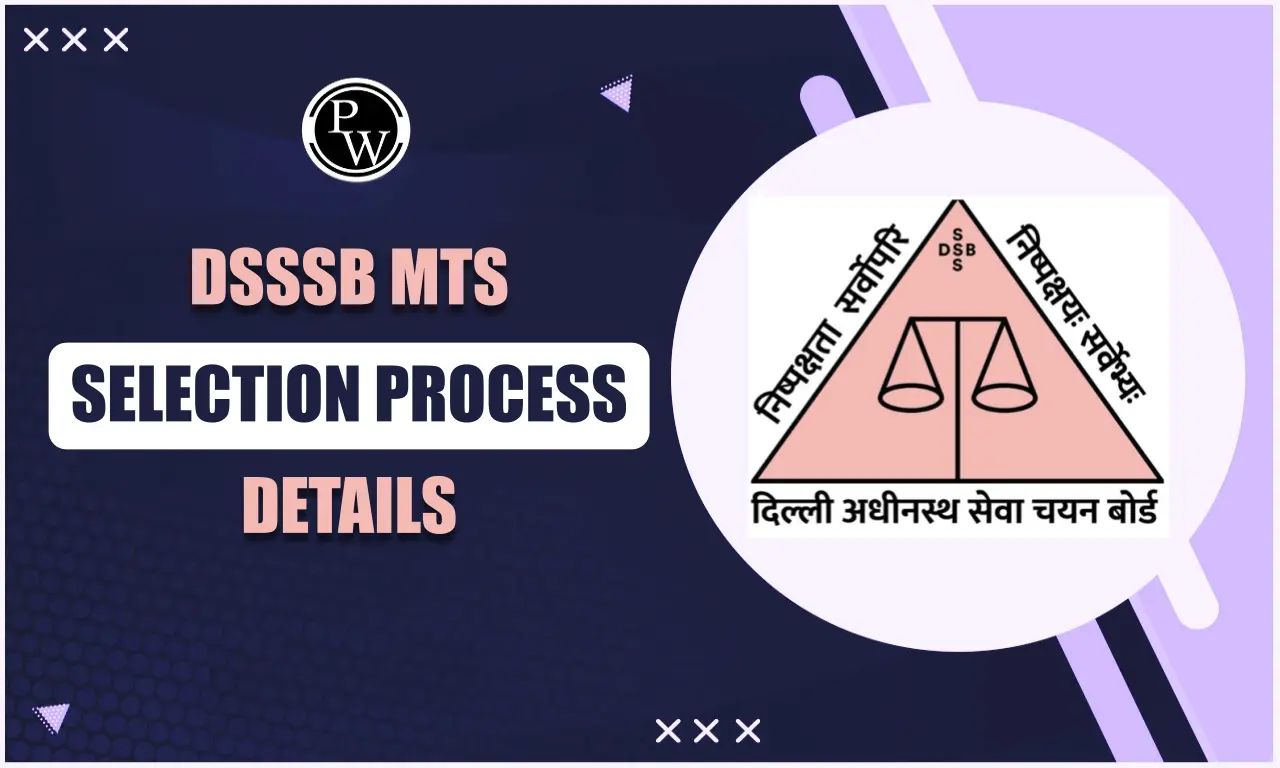Operating System:
Operating systems (OS) are essential software that manage computer hardware and provide services for application programs. They serve as the backbone of a computer system, ensuring that everything runs smoothly and efficiently. In this article, we will explore what operating systems are, their main functions, types, and some popular examples.
Operating System
An operating system (OS) is system software that acts as an intermediary between computer hardware and the user. It manages hardware resources, facilitates user interaction, and provides an environment for application programs to run. Without an operating system, a computer would be difficult to use and limited in functionality.
Functions of Operating System
Operating systems perform several critical functions to ensure the smooth operation of a computer system. These functions include:
Process Management
Process management involves handling the execution of processes (programs in execution). The OS manages the scheduling of processes, allocates resources, and ensures that multiple processes can run simultaneously without interfering with each other. Key tasks include:
-
Process Scheduling
: Deciding which process runs at a given time.
-
Multitasking
: Running multiple processes concurrently.
-
Process Synchronization
: Coordinating processes to avoid conflicts.
-
Process Communication
: Enabling processes to communicate with each other.
Memory Management
Memory management is the process of controlling and coordinating computer memory. The OS allocates memory to processes, manages swapping between main memory and disk storage, and ensures efficient use of available memory. Key tasks include:
-
Memory Allocation
: Assigning memory to processes.
-
Paging and Segmentation
: Dividing memory into sections for better management.
-
Virtual Memory
: Extending available memory using disk storage.
File System Management
The file system manages how data is stored, organized, and accessed on storage devices. The OS provides a structure for storing files and directories, handles file permissions, and ensures data integrity. Key tasks include:
-
File Creation and Deletion
: Managing files and directories.
-
File Access Control
: Controlling who can access or modify files.
-
Storage Management
: Organizing data on disks and other storage devices.
Device Management
Device management involves managing hardware devices such as printers, disk drives, and network interfaces. The OS provides drivers to communicate with hardware, handles input/output operations, and ensures devices are used efficiently. Key tasks include:
-
Device Drivers
: Software that allows the OS to communicate with hardware.
-
I/O Scheduling
: Managing input and output requests to devices.
-
Resource Allocation
: Distributing hardware resources to processes.
User Interface
The user interface (UI) is the part of the OS that allows users to interact with the computer. There are two main types of user interfaces:
-
Graphical User Interface (GUI)
: Provides a visual interface with icons, windows, and menus (e.g., Windows, macOS).
-
Command-Line Interface (CLI)
: Allows users to interact with the system using text commands (e.g., Linux terminal).
Security and Access Control
The OS ensures the security of data and resources by managing user permissions and access controls. It protects against unauthorized access, malware, and other security threats. Key tasks include:
-
User Authentication
: Verifying the identity of users.
-
Access Control
: Restricting access to files and resources based on user permissions.
-
Data Encryption
: Protecting data through encryption techniques.
Types of Operating Systems
There are several types of operating systems, each designed for specific purposes and environments. Here are the main types:
Batch Operating Systems
Batch operating systems process batches of jobs without user interaction. Jobs are collected, grouped, and processed sequentially. This type of OS was common in early mainframe computers.
Time-Sharing Operating Systems
Time-sharing operating systems allow multiple users to share computer resources simultaneously. Each user gets a small time slice, creating the illusion of simultaneous execution. This type of OS is used in multi-user environments.
Distributed Operating Systems
Distributed operating systems manage a group of independent computers and make them appear as a single coherent system. They enable resource sharing and load balancing across multiple machines.
Network Operating Systems
Network operating systems manage network resources and provide services to computers connected to a network. They facilitate file sharing, printer access, and other network activities. Examples include Novell NetWare and Windows Server.
Real-Time Operating Systems
Real-time operating systems (RTOS) are designed to process data in real-time with minimal delays. They are used in applications where timely processing is critical, such as industrial automation, robotics, and embedded systems.
Mobile Operating Systems
Mobile operating systems are optimized for mobile devices like smartphones and tablets. They manage hardware, provide user interfaces, and support mobile applications. Examples include Android and iOS.
Popular Operating Systems
Several operating systems are widely used across different platforms. Here are some of the most popular:
-
Microsoft Windows
: A widely-used OS for personal computers and business environments. Known for its user-friendly GUI and extensive software support.
-
macOS
: Apple's OS for Mac computers, known for its sleek design, security features, and seamless integration with other Apple products.
-
Linux
: An open-source OS used on servers, desktops, and embedded systems. Popular distributions include Ubuntu, Fedora, and CentOS.
-
Android
: A mobile OS developed by Google, used on a wide range of smartphones and tablets.
-
iOS
: Apple's mobile OS for iPhones and iPads, known for its smooth performance and robust security.
To succeed in upcoming exams, candidates should consider exploring
PW SSC Books
We provide high-quality content at an affordable price, including sample papers, mock tests, guidance sessions, and more to ensure aspirants secure their selection. Also, enroll today on
SSC Online Coaching
to turn your dreams into reality.











